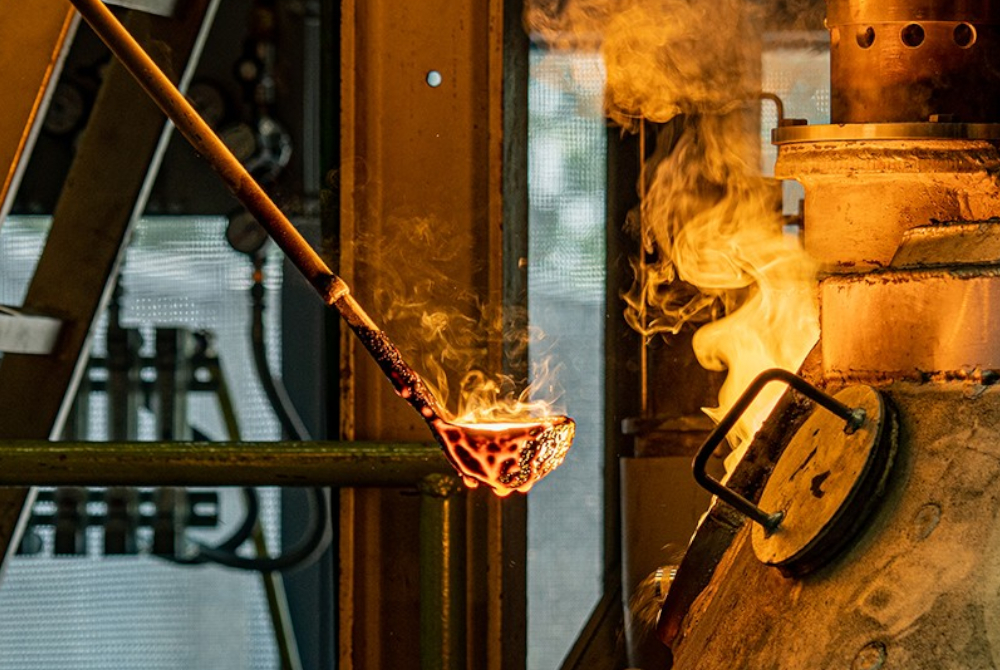
Source: BAM
Germany and Australia are jointly driving forward the decarbonization of the steel industry—one of the key levers for the global energy transition—with an innovative research project. Led by the Bundesanstalt für Materialforschung und -prüfung (BAM), the international consortium SuSteelAG is developing a technology that uses green hydrogen to refine even low-grade iron ores into iron. The goal is to significantly reduce CO₂ emissions in steel production while establishing a sustainable, bilateral value chain between Australia as a raw material supplier and Germany as a steel production location.
The global steel industry is responsible for around seven percent of global CO₂ emissions. In order to leverage savings potential, an international consortium led by BAM has launched the SuSteelAG (Sustainable Steel from Australia and Germany) project. The aim is to develop and further optimize a process for the direct reduction of iron ore using hydrogen instead of carbon. The focus is particularly on low-grade iron ores that cannot yet be refined into iron using green energy sources. These grades of iron ore are available in large quantities in Australia, from where Germany imports a significant proportion of its iron ore for steel production.
Rotary kiln process
In recent years, Australia has become a pioneer in the production of green hydrogen. Now, a process is to be developed that will enable low-grade iron ores to be refined into green iron directly on site using this sustainable energy source. “So far, reduction with hydrogen has been established for high-grade iron ore,” says project manager Christian Adam from BAM. "This mainly involves shaft furnaces, which can only process high-quality ores that have to be laboriously prepared beforehand. We, on the other hand, want to establish a process that uses a rotary kiln and can also process low-grade ores. This will open up a new source of raw materials for steel production using hydrogen. At BAM, we have already demonstrated that the process is fundamentally feasible on a laboratory scale and now want to improve it further."
Establishing a sustainable value chain
The long-term goal is to establish a value chain that supports climate-friendly steel production in Germany while consolidating its role as a technology leader in the field of green hydrogen solutions. SuSteelAG is supported by a strong international consortium consisting of leading research institutions and industrial partners who contribute their expertise in metallurgy, hydrogen technology, plant engineering, and logistics to the project. In addition to BAM, these include Salzgitter Mannesmann Forschung GmbH, TS Group Elino GmbH, HyIron GmbH, the Fraunhofer Institute for Surface Engineering and Thin Films (IST), the Fraunhofer Institute for Ceramic Technologies and Systems (IKTS), RWTH Aachen University, Heidelberg Manufacturing Deutschland GmbH, HANSAPORT, and Fortescue.
The project is funded by the German Federal Ministry of Education and Research as part of the 7th Energy Research Program with around 4.5 million euros.


